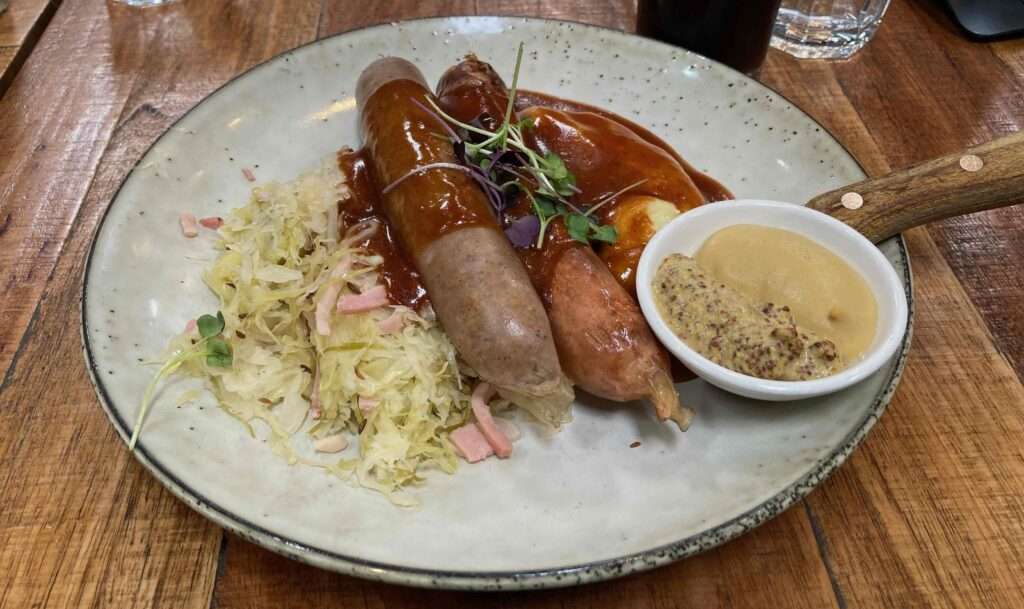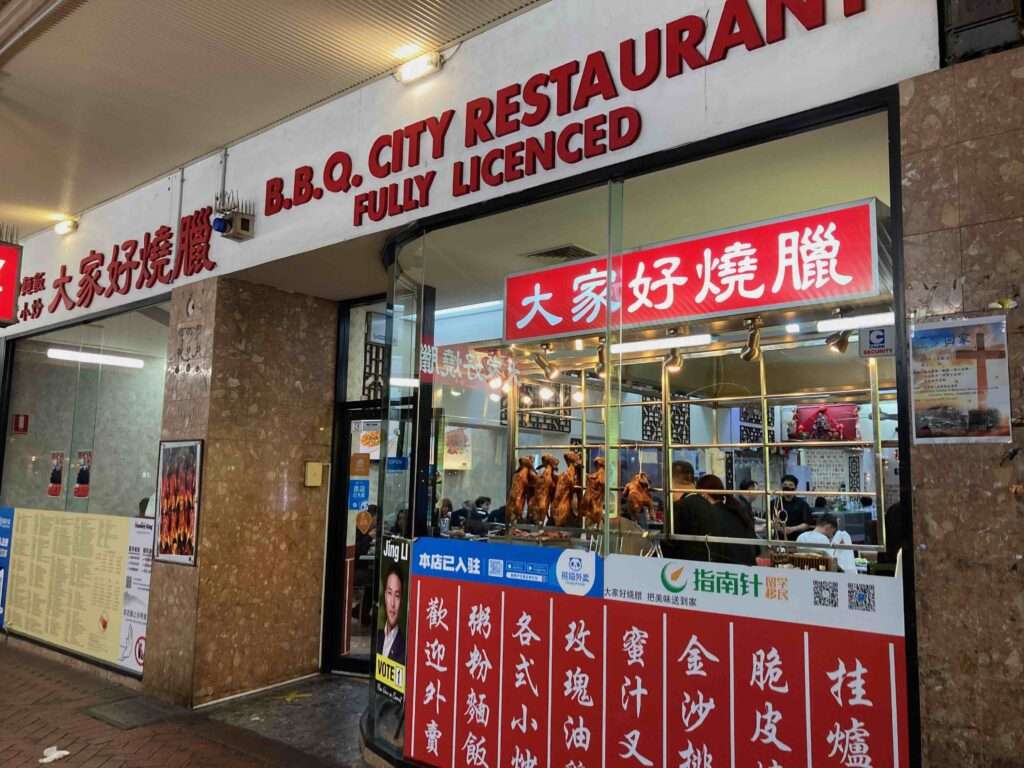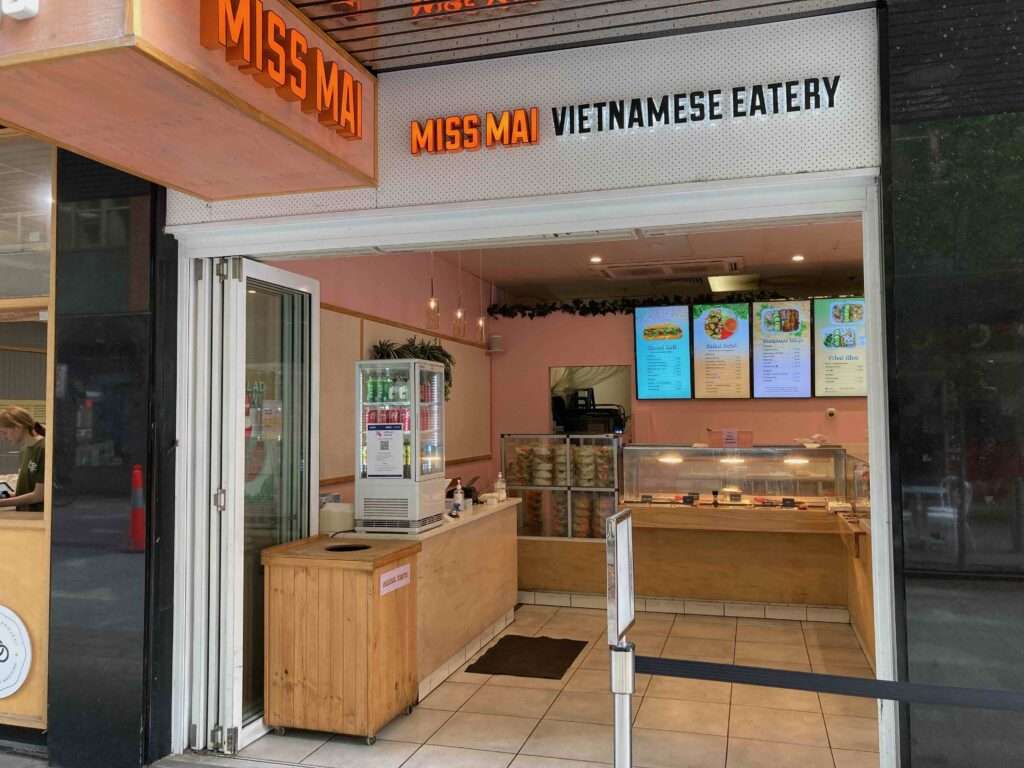This post is all about the Food Adelaide, a convenient tag on the type of food served across the city and the choices we are blessed with. The city is small and therefore nearly all food options are easily reached.
Part 1 will cover their origins of Food Adelaide.
Since the family’s arrival in Adelaide more than 20 years ago we have seen change in some parts of Adelaide lifestyle, buildings and society. Incremental and not fast paced. Food, cuisines specifically that we see and eat say a different story.
Food cuisines in terms of numbers and range have increased. The change is perceptible. And we are so much better for it.
Known food districts where restaurants, cafes and eateries have concentrated have remained but there are some new locations emerging. The corner of Pirie and Gawler streets is one. The new cuisines are now found in there as well.
When we first came to Adelaide there were 2 major food cuisine categories that stood out. European and South East Asian, predominantly Chinese.
It was the same in other Australian cities, not just in Adelaide. It is the direct reflection of the migration phases the country has seen. There were odd exceptions and outliers but the 2 main categories held firm for a long while.

The European wave
Within the European wave there were 2 sub categories. Pre-war wave and post war wave.
The pre-war is the first wave of early migrants primarily of British and German stock and when Australia was still a colony. Close to 150 years of its existence. Pies to sausages, baked pastries and sandwiches and rolls with cured and roast meat. Cured meat in terms of range was prominent.

Germans migration to Adelaide was the strongest among all other Australian cities so that did have direct bearing not only in food but in wines. Our status as the premier wine growing and export State in the country speaks to that.
The second sub-category was made up of the Mediterranean wave post World War II with Greek and Italian influx. Eastern Europeans such as the Polish, Serbians, Slovakians and people of that region of Europe followed closely but in smaller numbers.. So the era of pastas, marinated lamb, seafood and more varieties of cured meat began.

The Kransky sausage and the Cornish pasties are European and are particularly special. They have become food icons of the state. Both are from the European first wave, one German and the other English.
Australians outside the State have little idea the long history of these two.
I have covered them in two separate posts when I learnt of their history and how good they are. Here are the posts on the Kransky and the Cornish Pasties.
The South East and East Asia wave
Food Adelaide after World War II takes an ethnic turn with the arrival of East Asian cuisine and in numbers. Again on the back of another migration wave.
Migrants from South East Asia mainly came from Malaysia and Singapore from the 1960s onwards. Hong Kong residents in the Far East too migrated to Australia and the 1989 Tiananmen Square incident fueled this migration even more.

Cuisines of South East Asia and East Asia were predominantly Southern Chinese cuisine. The migrants from Malaysia and Singapore were ethnic Chinese whose forefather migrated to South East Asia in the previous two centuries from mainland China. They are the ones that created the Chinatowns of Australia.
Notably different from San Francisco Chinatown as they came from mainland China directly, and their cuisine is very different from our Chinatowns.
Malaysia, Singapore and Hong Kong were former British colonies and many spoke English. There was an Anglophile link and attraction.
Many saw their future in an English speaking environment, preferred western education and the laws that they had, very similar to the colonial days. They also wanted their children to move to a developed country and Australia was the closest.
Post Vietnam War saw fresh arrivals from 1975 for nearly a decade. Vietnam became 3rd South East Asian country in the Australian migrant landscape.

Too good to give up.
Migration typically leads to assimilation for many and a new life in the new country. And by the second generation, the foreign accents are replaced and they become full blown Aussies. Their food from back home however is too good to give up.
It is not parochialism or the need to hold on to ties. Certainly not for the second generation Australians. The taste, the texture and the mouth watering presentation make the difference. Too sumptuous might be a more accurate description.
Whether it is the full English Breakfast, German sausages, Cornish pasties, Pastas, Yiros, Laksa or the Pho, it all became mainstay Australian eventually.
The new wave
This began about 10 to 15 years years ago but took off in recent years. Its an explosion of the exotic and from the many corners of the World.
First was Thai, then Japanese, then from the foothills of the Himalayas, Nepali fare followed by mainland Chinese cuisine which is different to South East Asian Chinese dishes.
We then jump from Asia to the Valencia region of Spain and to Mexico and Brazil. In between there is Afghan, Middle Eastern and African cuisines. The World has indeed come to Australia and Adelaide was not left behind.
Two particular cuisines need special mention among the new arrivals. I am sure there were the odd Thai and Japanese food outlets few decades ago but their presence was sparse until recently.
Thai restaurants tend to be found in Adelaide city outskirts in one of the quieter suburbs. Popular for dinners especially in the colder months when a bit of spice helps. And it’s a complete meal for a family when one ordered with a variety of dishes.
It was also convenient as you did not have to make it into the city. Thai cuisine is uniquely different in view of its tangy flavour. They are now found in many developed cities around the World.

Japanese sushi was next in line and made their first presence in food courts in various malls. Sushi became a favourite lunch time take-away due to the Japanese style of presenting and packaging. We now see a wider range in Japanese cuisine.
Both Thai and Japanese cuisines are now well established and popular. And interestingly both were never colonised and predominantly homogenous in culture.
Food cuisines and the promotion of restaurants
I thought its time to provide some guidance when it comes to ethnic cuisines. The trend to promote and highlight award winning chefs or chefs associated with well established restaurants has always been part of life all over the World.
And Food Adelaide is no different. Ambience, atmosphere and well appointed restaurants with excellent service staff make life so much more interesting and enjoyable. Food is also taken to its limits.
Cuisine authenticity
One advice is check if an ethnic restaurant that has a region specific cuisine is patronised by customers whose roots are from that region. Its the acid test. An indication that they have passed the authentication test for that cuisine.
I made the comment above as I had come across a restaurant in the city that has expensive decor, fit-outs and what is served is also expensive and well patronised.
It is a restaurant serving ethnic cuisine yet it is not patronised by people with roots from that country who are residents here. I have seen something similar in London. And reviews are from people who do not have a background about the cuisine. The common comment is the good or excellent service.
Thankfully there are many excellent selection out there to choose from. Give Food Adelaide a go by picking one that you have never tried before.
